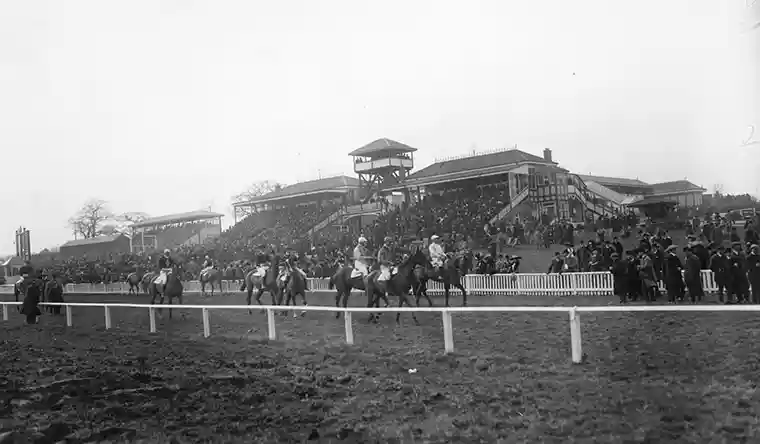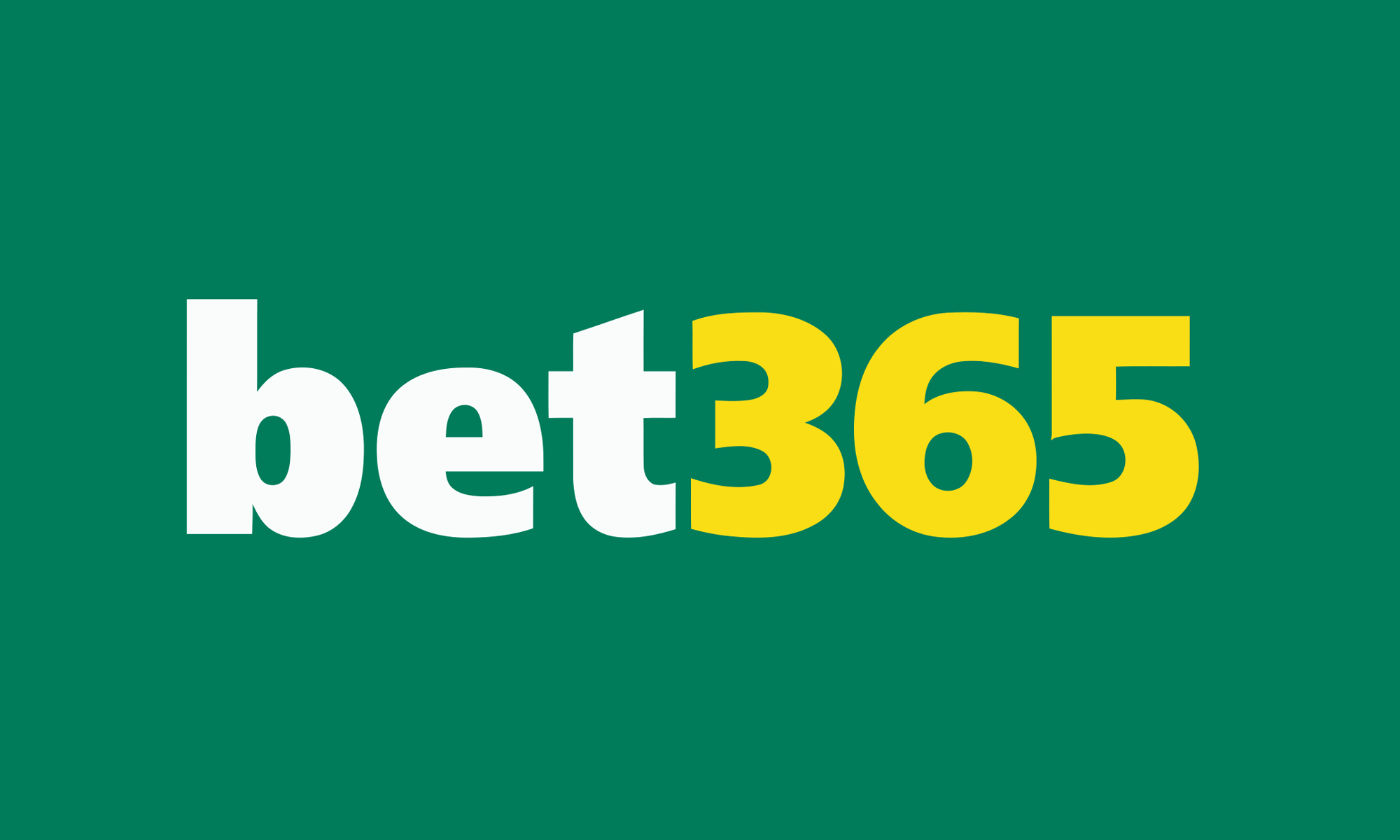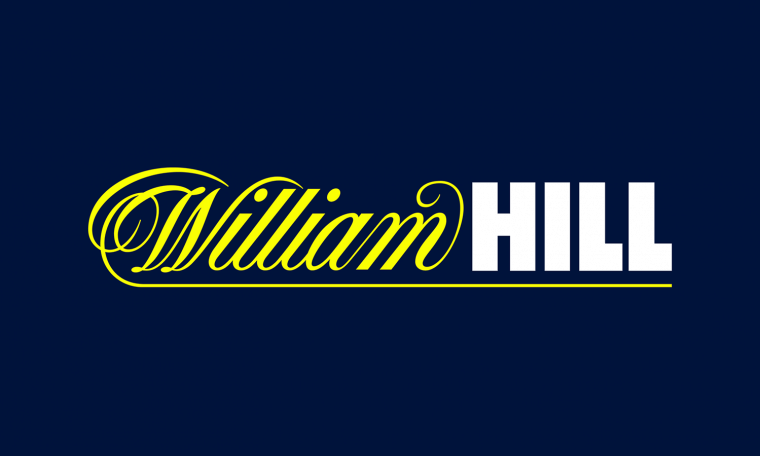
The origins of the Cheltenham Festival date back to the early 1800s when the first horse races were organised in Cheltenham on Nottingham Hill. Little is known of these earliest race gatherings other than that they infuriated a local preacher who spurred his congregation into disrupting the races and burning down the rudimentary grandstand.
The destruction of the Nottingham Hill racetrack was not the end of racing in Cheltenham. Racing was moved to Prestbury Park in 1831, where regular meetings continued. In 1845 the first ever steeplechase was organised in Cheltenham and saw riders racing across the countryside between Noverton Lane and Hewletts.
In 1898 Prestbury Park was bought by developer Baring Bingham who took it upon himself to improve facilities at the racecourse, erecting a rail around the racetrack and constructing a new grandstand. The improvement in facilities resulted in better races and bigger crowds.
In 1902 the first officially recognised Cheltenham Festival took place at Prestbury Park. The date marked the official reopening of the Cheltenham racecourse and tens of thousands of spectators converged on Cheltenham to watch the racing at the two day festival.
1904 marked an important point in Cheltenham Festival history, when the first four-mile National Hunt steeplechase was incorporated into the festival. It was another twenty years before this race was renamed the Cheltenham Gold Cup – one of the most coveted prizes in national hunt racing.
The next half century of racing saw the Cheltenham Festival slowly establish itself as the most important meeting in national hunt racing. This was to some extent based on the exploits of legendary horses like Golden Miller that captured the attention of the British public. The 1949 victory of Cottage Rake in the Gold Cup was also an important event in Cheltenham Festival history – the success of the Irish horse marked the start of serious Irish participation and interest in the festival.
The late 1950s saw the inauguration of another of the Cheltenham Festival’s most popular and prestigious races – the Queen Mother Champion Chase. The event was named in honour of one of hunt racing’s keenest supporters, who attended the event even when aged 100.
The latter half of the twentieth century saw the facilities at Cheltenham Racetrack upgraded steadily as the race grew in popularity and crowds grew larger. In 2005 the Cheltenham Festival was extended from three to four days to accommodate more races and the immense interest in the event.




